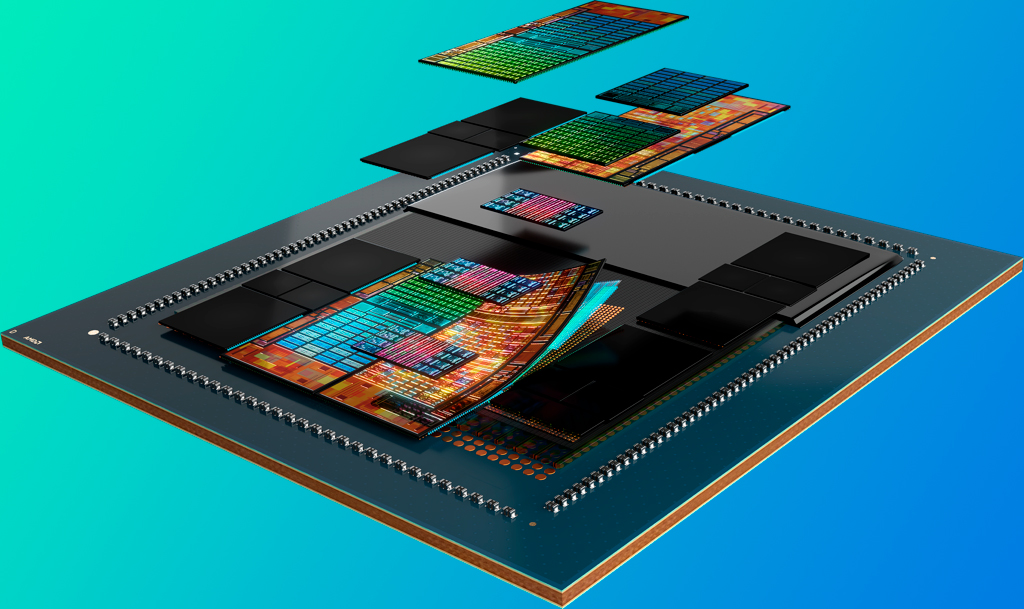
AMD's bleeding-edge Instinct MI300A data center APU has been tested in Geekbench 6.3.0. Discovered by BenchLeaks on X, the pair of MI33A APUs performed seemingly worse than a Core i5-14600K across three runs.
The APU showed up as "AMD Proto Sample: SH5-MI300A-A0," somewhat implying that it could be a prototype sample. According to the submissions, the MI300A was tested on a platform called "AMD Corporation Eviden2p," consisting of a dual-socket design. Therefore, the system had 48 cores and 96 threads, as each MI300A wields 24 Zen 4 execution cores. The MI300A operated at 3.7 GHz, the rated CPU peak clock speed for the data center APU.
The MI300A scored 1,798 points in the single-core benchmark and 13,888 points in the multi-core test for the first run. The second run saw scores of 1,938 and 14,694 points. The third run saw scores of 1,992 and 15,085 points, respectively.
Those familiar with Geekbench 6 scores will immediately know how horrible all three benchmark runs are for a chip on the scope and scale of the MI300A. By comparison, Intel's mid-range Core i5-14600K desktop CPU outperforms the MI300A in the same test. The 14600K features a single-core score of 2,806 points and a multi-core score of 15,977 points in Geekbench 6, surpassing the MI300A by a whopping 47% in single-core and 9% in multi-core.
Also armed with 24 Zen 4 cores, the Ryzen Threadripper 7960X was seemingly faster than the MI300A. In Geekbench 6, the Ryzen Threadripper 7960X is well ahead of the MI300A, featuring an average single-threaded score of 3,050 points and an average multi-core score in the 25,000-point range based on test results in the Geekbench browser. The result was to be expected in a way since the Ryzen Threadripper 7960X has a faster base (4.2 GHz) and boost clock (5.3 GHz) than the MI300A.
Given the abysmal results, it's clear that the MI300A wasn't performing to its full potential. We wouldn't be surprised if the chip is not supported correctly on Geekbench 6 or if the cooling could have limited the MI300A. Remember that the MI300A has a peak TDP of 760W.
The MI300A is AMD's flagship APU for the data center; the chip's primary competition is Nvidia's Grace Hopper Superchip, which is currently one of the fastest data center chips in the world. Geekbench 6 targets desktops, laptops, and smartphones. Benchmarking a data center chip with Geekbench 6 is pointless since specialized workloads exist. Nonetheless, sometimes, it's amusing to see how exotic CPUs perform on ordinary benchmarks.







